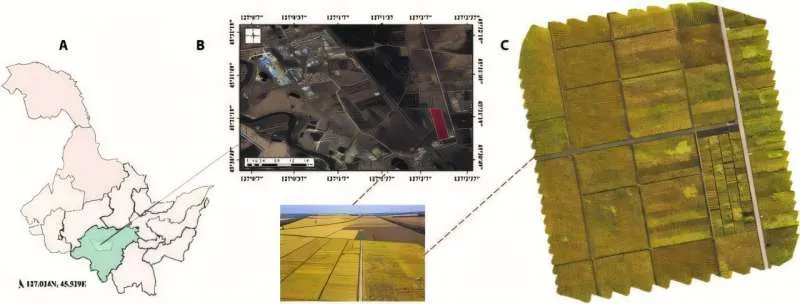Rice lodging, the bending or falling of crops caused by environmental factors like wind or rain, poses a substantial threat to crop productivity. It hinders photosynthesis, complicates harvesting, and increases vulnerability to pests, making it crucial for farmers and researchers to monitor and predict lodging effectively.
Traditional methods, including visual inspection, mathematical modeling, and satellite remote sensing, are often labor-intensive and imprecise, lacking the scalability and immediacy required for large-scale agricultural assessment. This can lead to significant yield losses and decreased crop quality, ultimately affecting food security and sustainable agriculture practices.
A study published in Plant Phenomics highlights the potential of AI-powered models for enhanced rice lodging detection. The research method involved developing a new convolutional neural network (CNN) architecture, AAUConvNeXt, using multi-objective optimization techniques to improve performance and efficiency.
Key Features of the AAUConvNeXt Model:
• Optimized channel adjustments: Unlike traditional CNN architectures, where channels increase or decrease in fixed patterns, AAUConvNeXt strategically adjusts channels to balance complexity and resource use. This approach increases feature learning in critical layers while reducing computational costs.
• Improved segmentation accuracy: The model achieved high pixel accuracy (96.3%), mean pixel accuracy (96.3%), and a mean intersection over union (mIoU) of 93.2%, outperforming existing models like DeepLabV3+ and HRNet.
• Enhanced feature extraction capabilities: AAUConvNeXt’s advanced feature extraction capabilities contributed to high segmentation accuracy, especially in distinguishing challenging rice lodging categories.
Advantages of the AAUConvNeXt Model:
• Reduced parameter count and computational complexity: The model reduced parameter count and computational complexity by 8.66%, making it more resource-efficient.
• Efficient learning of early-stage and refined features: Targeted channel adjustments optimized model complexity, allowing efficient learning of both early-stage and refined features.
Impact on Agriculture and Sustainability:
The integration of the AAUConvNeXt model into farming practices has the potential to revolutionize crop management. By providing timely, reliable, and cost-effective solutions for rice lodging detection, this model can help farmers make data-driven decisions, reducing yield losses and improving crop quality.
According to Dr. Xiaobo Sun, senior researcher on the study, “By integrating deep learning with intelligent optimization, our model provides a powerful tool for efficient crop lodging monitoring. This advancement holds immense potential to transform rice farming practices by offering timely, reliable, and cost-effective solutions.”
Conclusion:
The AAUConvNeXt model represents a significant advancement in agricultural technology, combining deep learning with intelligent optimization for efficient rice lodging monitoring. Its integration into farming practices could lead to improved productivity, sustainability, and food security, making it an essential tool for farmers and researchers worldwide.
Future Directions:
• Further research on the application of AI-powered models in precision agriculture.
• Exploration of other crops and applications of the AAUConvNeXt model.
• Integration of the model with existing agricultural practices and technologies to enhance efficiency and effectiveness.
Ablation Studies:
The study included ablation studies to confirm the impact of combining AFOA with APOM on segmentation metrics. The results showed that this combination significantly improved segmentation accuracy, with AAUConvNeXt outperforming its predecessors.
Targeted Channel Adjustments:
The model’s targeted channel adjustments optimized complexity, allowing efficient learning of both early-stage and refined features. This approach enabled the model to balance feature extraction and computational costs, leading to improved performance and efficiency.
Implementation Strategies:
To implement the AAUConvNeXt model in farming practices, farmers and researchers can consider the following strategies:
• Data preparation and processing: Preprocess data using appropriate tools and libraries to ensure optimal performance.
• Model training and validation: Train the model on a large dataset and validate its performance using metrics like pixel accuracy and mean intersection over union.
• Integration with existing systems: Integrate the model with existing agricultural practices, technologies, and monitoring systems to enhance efficiency and effectiveness.
By adopting AI-powered models like AAUConvNeXt, farmers and researchers can make data-driven decisions, reducing yield losses and improving crop quality. The integration of this technology into farming practices has the potential to transform rice farming practices, offering a promising pathway to improved productivity and sustainability.

0 Comments